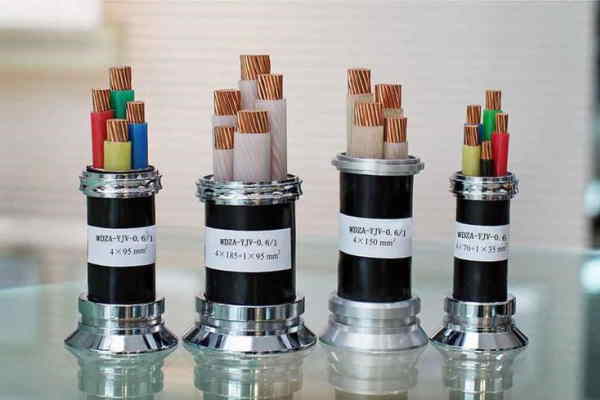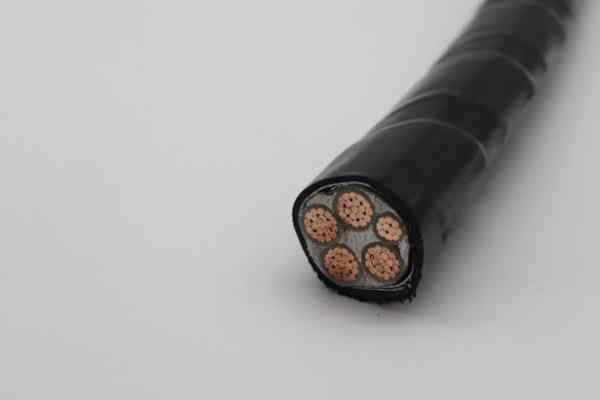Low-voltage cables are electrical wires that are designed to carry electrical currents at voltages below 50 volt AC or 120 volt DC. These cables are commonly used in a variety of applications, including telecommunications, lighting, and power distribution.

The Most Common Types Of Low-Voltage Cables
One of the most common types of low-voltage cables is the twisted pair cable, which consists of two insulated wires that are twisted together to reduce electromagnetic interference. This type of cable is commonly used in networking applications, such as Ethernet and telephone systems.
Twisted pair cables are available in a range of different categories, each of which is designed for specific applications and performance requirements. For example, Category 5 (CAT5) cables are commonly used for Ethernet networks, while Category 3 (CAT3) cables are typically used for telephone systems.
Another type of low-voltage cable is the coaxial cable, which consists of a central conductive wire surrounded by an insulating layer and a grounded shield. This type of cable is commonly used for carrying high-frequency signals, such as those used in television and radio broadcasting.
Coaxial cables are available in a range of different sizes and performance specifications, and they are typically rated according to their frequency and signal loss characteristics. For example, a RG-6 coaxial cable is commonly used for carrying cable television signals, while a RG-11 cable is typically used for longer runs or for carrying higher-bandwidth signals.

Low-voltage cables are also used in lighting applications, such as in residential and commercial buildings. These cables are often used to connect light fixtures to power sources, and they may be encased in protective sheathing to prevent damage and ensure safe operation.
Lighting cables are typically designed to meet specific performance and safety standards, and they may be constructed from a variety of materials, including copper, aluminum, and fiber optic strands. These cables may also be rated for different temperature and voltage tolerances, depending on the specific application and environment in which they are used.
In power distribution applications, low-voltage cables are used to carry electrical currents from power sources to electrical devices and systems. These cables may be used in a variety of settings, including industrial, commercial, and residential buildings.
Power distribution cables are typically designed to meet specific performance and safety standards, and they may be constructed from a variety of materials, including copper, aluminum, and fiber optic strands. These cables may also be rated for different temperature and voltage tolerances, depending on the specific application and environment in which they are used.
Summary
Overall, low-voltage cables are an important component of many electrical systems, and they play a crucial role in a wide range of applications. They are available in a variety of types and performance specifications, and they are designed to meet specific performance and safety standards for their intended applications.